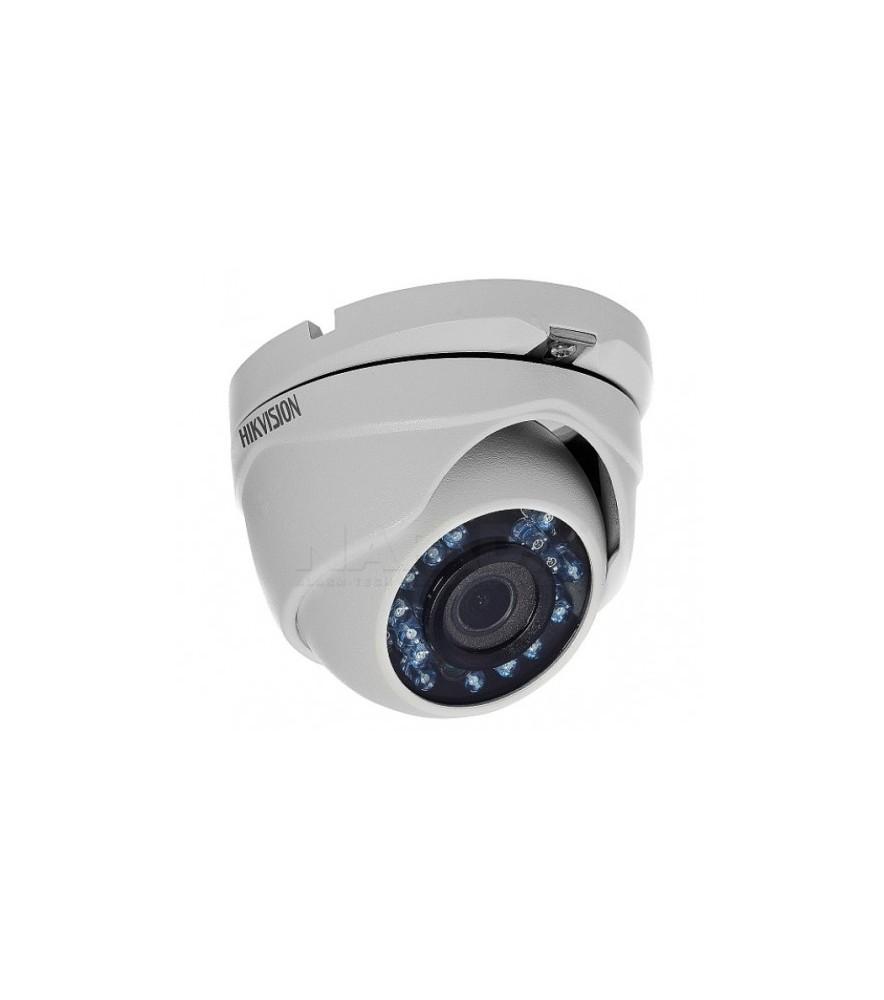In the previous lesson, learnt about some important concepts involved in the digital process of creating images, but did not talk specifically about digital cameras themselves. 3D rendering isn't just about creating realistic image with the help of perspective projection; it also involves creating digital images from real-world measurements. To begin with, you need to develop a camera model which enables to capture and render real-life images by the mean of a mathematical model of cameras. The camera models that you develop should be capable of capturing and rendering different light conditions, and even reflections. In the previous lesson, learnt about some important concepts involved in the digital process of creating images, but did not talk specifically about digital cameras themselves. 3D rendering isn't just about creating realistic image with the help of perspective projection; it also involves creating digital images from real-world measurements. To begin with, you need to develop a camera model which enables to capture and render real-life images by the mean of a mathematical model of cameras. The camera models that you develop should be capable of capturing and rendering different light conditions, and even reflections.

You can learn more about camera models by looking at some computer graphics examples using Blender. Open Blender, then click on the camera model button and change the image coordinates by dragging the mouse to view the resulting image. Change the image coordinates until they fit with the (x, y, z) coordinates of your camera model. You can play around with the view as well as zoom until you obtain the desired result. If you want to change the final display output, then change the hue, lightness, saturation as well as brightness accordingly.
In order to get the most out of your camera models in digital image processing, then make sure to create and perform the necessary camera calibration and retouching. Calibration is the process of adjusting the output and result of any 3D visualization or simulation. This is an essential process, since otherwise the end results will not be accurate. In addition to providing better image quality, a properly calibrated camera model will also perform better in other computer vision applications.
For your 3d projects, you may need to adjust various parameters such as the f-number (the maximum aperture in millimeters), the depth of field (how close or far away objects are seen), and the image plane diameter. The f-number is the central value often found in your DLP or image sensors, and is the key controlling characteristic of the standard range of DLP cameras. The depth of field affects the ratio of central resolution to peripheral resolution, or how close or far away an object is seen at the center.
These factors affect your DLP camera model accuracy in terms of the DLP aperture, depth of field, and center-weighted tracking. The center-weighted tracking option is the most recommended in DLP project photography and involves maintaining a constant, central image size throughout your entire sequence. This ensures that your cameras' pixels are always in a consistent range. The advantage of this type of calibration is that it minimizes camera lens distortion, which can lead to blurring of details when the focal length changes.
After you have finished setting up and calibrating your camera model, you should now run your DLP system through the testbed, compose, and preview your image in the photo shop. This process also involves taking several shots, typically at different focal lengths, with different camera settings. After the photos are composited, you should then evaluate the results with a small hole meter on your computer monitor. The hole meter measures the amount of light loss in your scene, which will give you a good idea of the level of correction needed. You can use the hole meter to confirm the composition of your images and the details of the scene. This last step is extremely important if you plan on submitting your images for publication; otherwise, any flaws in your final work would defeat your purpose.
For DLP projectors, DMLS and VMI camera models are available in a wide range of sizes. For small projective image sets, these cameras tend to be the perfect choice. Projection cameras offer much better image quality than small pinhole projection cameras. Projection models come in all sizes, but are especially helpful when mounted inside or outside of an autodontic unit, as well as in any other location where you would like to position a camera so that you can get a complete and true image of your subject. Once your image is composited into a publication format, your DLP projector will normally allow you to choose between full color and monochrome modes.
DLP cameras are usually the best choice for both new and experienced photographers alike. Their ease of use and compatibility with the most current software makes them a well-designed and well-priced piece of electronic equipment. The main advantage DLP camera models offer over the competition is their ability to produce high quality results with a minimum of operator intervention. Another major advantage they have over comparable camera models is the fact that they use a minimum of four by six inches sensors to compensate for low light and high resolution. It is interesting to note that most digital LCD panels in modern day digital cameras contain a variety of DLP chips, which enables the camera to adjust its parameters according to the current light level.
